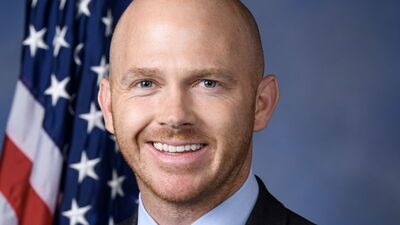A report from the Center on Budget and Policy Priorities indicates that approximately 19 million children from low-income families stand to benefit from the bipartisan Child Tax Credit expansion. This expansion is part of a tax bill negotiated by Senate Finance Committee Chair Ron Wyden and House Ways and Means Committee Chair Jason Smith. The proposal was passed last week by the House of Representatives Ways and Means Committee.
The report explains that under current regulations, families with very low incomes receive either a partial child tax credit or no credit at all. The proposed changes aim to rectify this situation. The expansion would incrementally increase the child tax credit over three tax years, from 2023 through 2025. In the 2023 tax year alone, more than 80 percent of about 19 million children under age 17 in low-income families who currently do not receive the full credit would benefit. This includes nearly 3 million children under age 3, according to the report.
The report further states that in the first year of implementation, as many as 400,000 children could rise above the poverty line while another 3 million would experience less severe poverty. These numbers are expected to increase each year through 2025 due to the growing poverty-reducing effect of the program. While children of all races would be positively impacted economically, it is anticipated that children from Black, Latino, and American Indian/Alaska Native families would particularly benefit due to greater economic disparities they face.
In terms of financial gain for beneficiaries, the report projects that in the first year under the proposal, half of an estimated 16 million benefiting children would gain $630 or more; nearly 40 percent would gain $1,000 or more; and a quarter would see gains exceeding $1,400.
The report concludes by stating: "This would mark the beginning of a much-needed reversal of the sharp rise in child poverty that occurred in 2022, following the expiration of the Rescue Plan expansion of the Child Tax Credit and other COVID relief measures."









